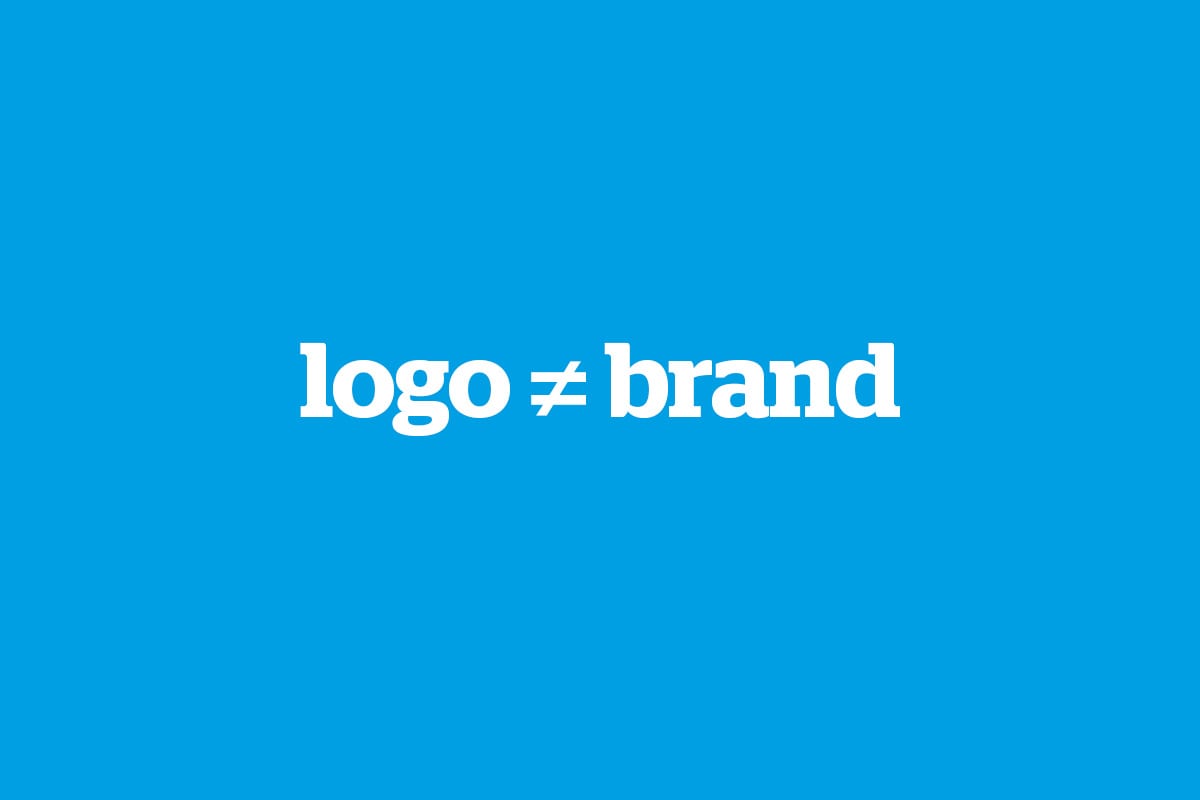Think brand, not ‘logo’…

So you now have your world-beating product – after years of technical, financial and psychological struggles. You’ve convinced your friends and family and some people in suits that your idea is brilliant, and now you are ready to conquer the world.
But wait a minute – how do you let people know it is yours? And where do you stick the logo?
There’s a flat bit on the side of the casing – that will do, won’t it? But if we use it that size, it looks like a squashed fly, so let’s not put the logo on the product – let’s use the box. There’s a space on the label that will probably do, but the logo’s the wrong shape entirely. So, let’s squash it a bit. There – perfect.
But wait, we need to tell the world that it exists, and where to buy it. In fact, people probably need to know what it does first, so everyone will want one. I know a printer – he’ll knock up an advert. I’ll send him the logo in a Word file – that should do the trick.
And how about a website? Everyone needs one of those. “That bloke we met at the party is a website designer, isn’t he? I’ll send him the logo and and a couple of pictures of us, so everyone knows what we look like.”
This may be an extreme example but from experience, it’s not so far from how some companies view branding…
“There are many companies who understand the power of branding, have identified their target audience and communicate appropriately.”
A brand is not simply a logo. A successful brand is a dialogue with many people, taking place on many different levels. It creates an expectation of performance. It creates a clear perception.
Take Mercedes, for example. Put the Mercedes three-pointed marque on a briefcase and how does it affect your expectations? It may be more expensive than a ‘standard’ product but you expect it to be beautifully made and last a lot longer. You also have a picture in your mind of the kind of person who would buy it.
So where did all this ‘baggage’ come from? How did a little circle with three points inside it conjure up all of this?
That is the power of branding. The marque (I personally dislike the word ‘logo’) is merely shorthand for all the communications that have gone before: advertising, showrooms, cars, reviews, history, sponsorship, brochures, website, packaging, etc. Each of these references a consistent set of values, forming a picture of what Mercedes stands for. Good branding taps in to the sub-conscious – it connects on an emotional level. Simply reinforcing a company ‘logo’ is not enough. Powerful brands tell their story to consumers.
There are many companies who understand the power of branding, have clearly identified their target audience and communicate appropriately in terms of how they wish to be perceived – e.g. McDonalds, Orange, Irn Bru and Apple.
So how do you develop your own brand? My advice is to speak to several professional branding companies. Ask them to give a credentials presentation, showcasing work they’ve done for other companies. Does the chemistry feel right? Could you work with these people? Is there mutual respect? Then brief them and ask for a written proposal outlining the steps, deliverables, professional fees and any specific qualifications or exclusions.
“A successful brand is a dialogue with many people.”
Don’t ask them straight away to propose some ideas. Good branding built on sound strategic vision can’t be done by guesswork. It requires the branding company to get to know you – your aims, challenges and values – before commencing any creative work. All this takes time and money but is well worth the investment. In fact, any company prepared to pitch creative solutions to win business without exploring your strategic aims is either desperate or doesn’t know what they’re doing.
Look at the top companies in almost any business sector and you will see that branding is an extremely powerful business asset. Don’t think of it as a ‘logo’ – think of it as a complete personality.
Published in Innovator Scotland Magazine.